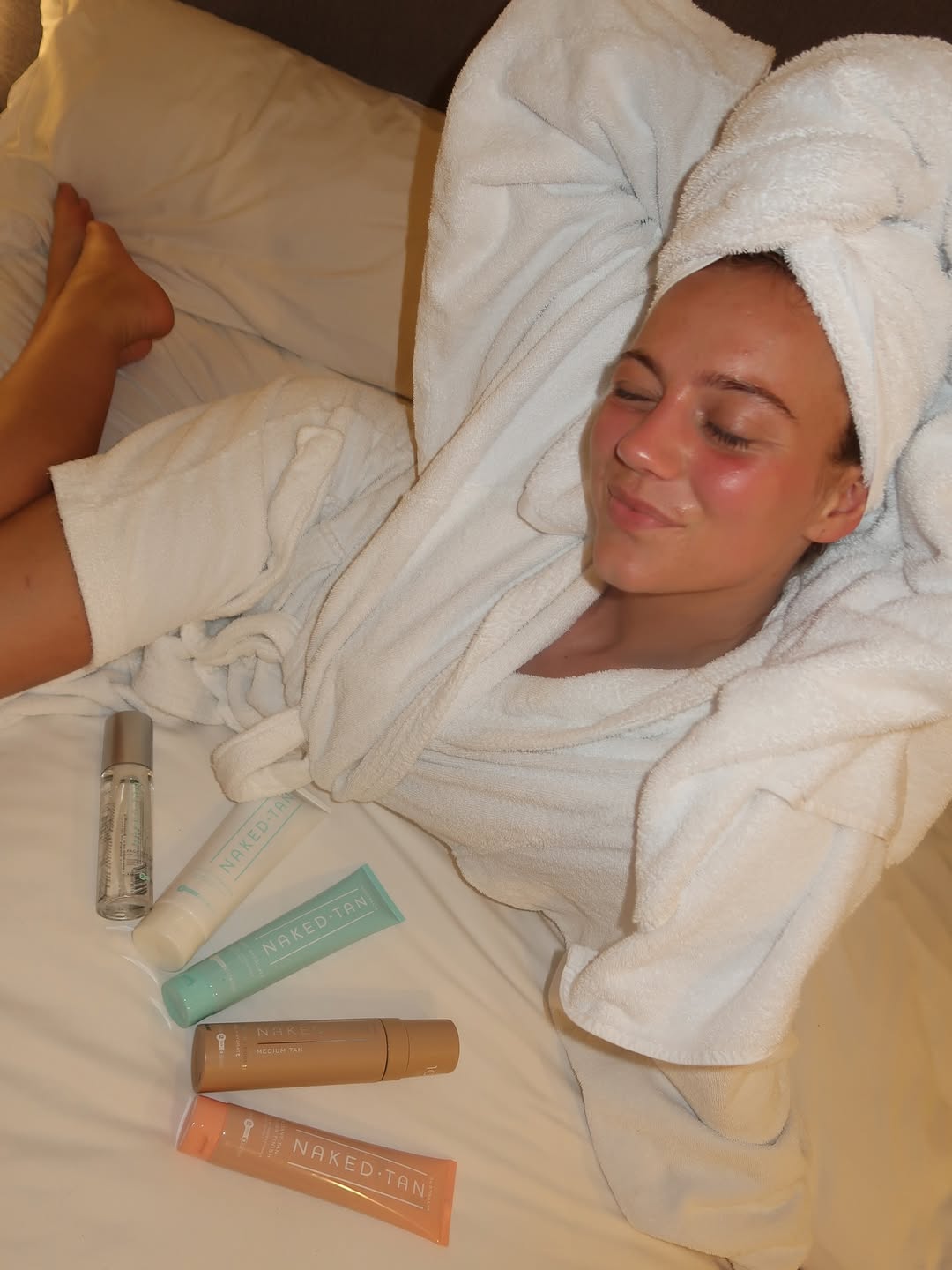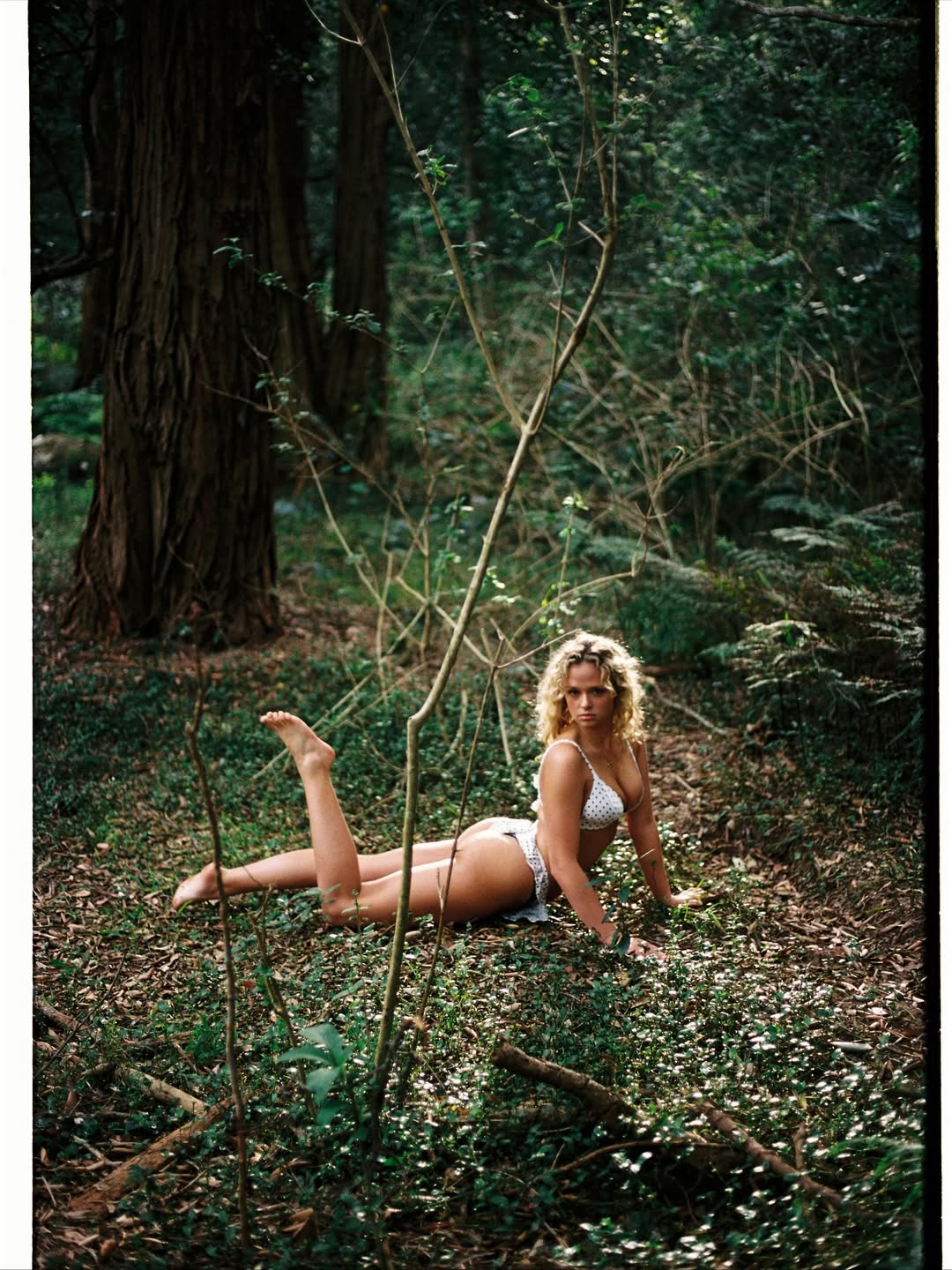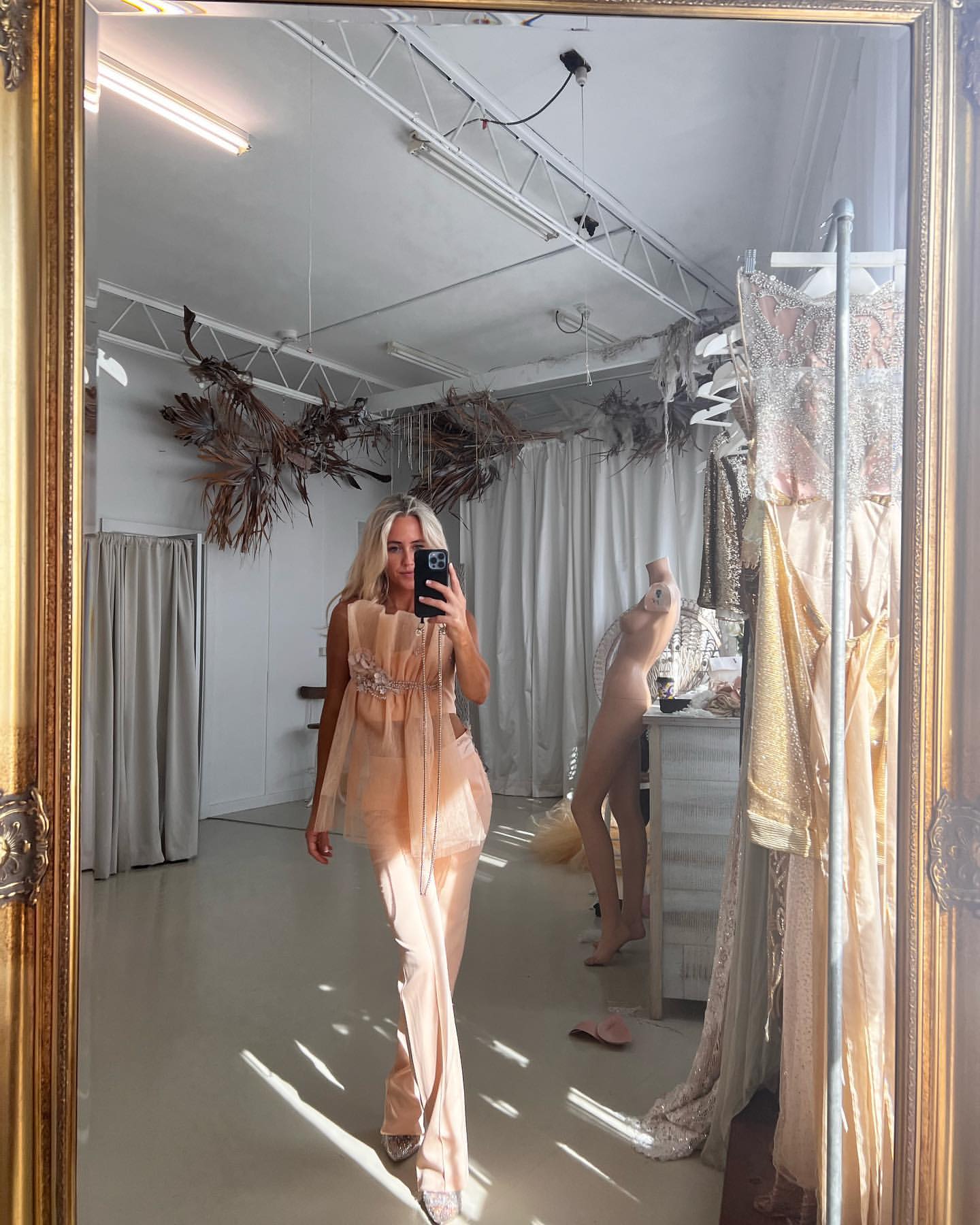Fake Tan Blindness: Why Darker Isn’t Always Better — and How to Love Your Glow (or Your Bare Skin)

Fake Tan Blindness: Why Darker Isn’t Always Better — and How to Love Your Glow (or Your Bare Skin)
We’ve all been there — you apply a tan, love it, then the next time you go a shade darker, thinking it’ll make you glow even more. But instead of enhancing your look, it leaves you feeling a little overdone, patchy, or just… not quite right.
That’s what many call fake tan blindness — when you lose perspective on what looks natural for your skin tone and start equating “darker” with “better.” Let’s unpack why this happens, what science says about over-tanning, and how to stay grounded in body confidence, whether you’re bronzed or bare.
What is “fake tan blindness”?
“Fake tan blindness” describes the tendency to keep going darker with self-tan or spray tans until your skin tone no longer looks balanced or natural. It’s not about vanity — it’s about perception.
Social media filters, brand imagery, and beauty culture often reinforce the idea that a deep bronze equals confidence, health, or even social status. Over time, that message can distort how we see ourselves in the mirror. When your reference point becomes someone else’s filtered glow, your natural tone can start to feel “not enough.”
The science of going too dark
Sunless tanning works through dihydroxyacetone (DHA), a sugar derivative that reacts with amino acids in your skin’s outer layer (the stratum corneum) to create pigment.
In moderate doses, DHA produces a warm, believable tan. But studies show that too much DHA doesn’t necessarily equal a better result.
A PLOS ONE study (Mira et al., 2020) found that about 20 percent of participants’ skin tones moved outside the “natural colour range” after 24 hours with higher DHA levels — appearing overly orange or yellow. Dermatologists have also noted that excessive DHA concentrations can lead to streaking, uneven oxidation, and dull or “muddy” tones rather than rich bronze (Nguyen & Kochevar, 2003).
So if you’ve ever doubled up your tan thinking it’ll deepen beautifully, but ended up with uneven patches or unnatural undertones — that’s chemistry, not user error.
And remember: fake tan doesn’t provide sun protection. Research by Cancer Research UK confirms that DHA colour change offers no UV defence, so sunscreen remains essential even when you’re tanned.
Why we equate “dark” with “better”
Beauty ideals have long associated bronzed skin with vitality, travel, fitness, and social success. Decades of advertising and filtered imagery have reinforced that association.
Sociologists note this as a form of colour normativity — the cultural idea that certain shades of skin seem more desirable at particular times. In tanning culture, that norm often pushes consumers toward extremes.
But perfection isn’t pigment-deep. When we chase the “ideal bronze,” we risk disconnecting from what feels and looks authentic for our bodies.
Finding your natural sweet spot
Your most flattering tan usually sits within one or two shades of your natural undertone. The goal is enhancement, not transformation. Here are a few principles that keep your glow looking believable and your skin healthy:
- Know your undertone. Cool skin (pinkish) suits golden or honey shades; warm skin (olive/yellow) looks best with caramel or neutral tones.
- Less is more. Build gradually — apply a lighter formula first, then top up after 24 hours if you’d like more depth.
- Watch your prep. Over-exfoliating or using heavy oils right before tanning can cause uneven colour, making you think you need to “go darker” to fix it.
- Hydration is key. Healthy skin develops and holds colour more evenly. Balanced moisture matters more than intensity.
- Give your skin rest days. Let old tan fade completely before re-applying — constant layering can dull the surface and exaggerate orange tones.
Beauty beyond the bronze
It’s easy to forget that tanning started as a beauty option, not an obligation. A bronzed tone can feel empowering — a ritual of care, a quick confidence lift — but it should never be a requirement for feeling beautiful or “ready.”
Body-image researchers consistently find that self-compassion and mindful self-care practices correlate far more strongly with confidence than appearance alone. Whether your skin is fair, deep, olive, or somewhere in between, it carries its own natural radiance.
The next time you reach for your tanning mitt, pause and ask:
Am I doing this because I love the ritual — or because I feel like I have to?
Both answers are okay. What matters is awareness.
A new kind of glow
A healthy tan (real or faux) isn’t about how dark you go — it’s about how comfortable you feel in your skin.
Your most luminous shade is one that complements your features, aligns with your undertone, and lets your confidence show through. Sometimes that means a light golden tint; sometimes it means skipping tan altogether and embracing your natural skin.
True glow has more to do with acceptance than with colour depth.
So the next time you tan, think balance, not darkness. Nurture your skin, honour your tone, and remember: you’re radiant either way.




Comments